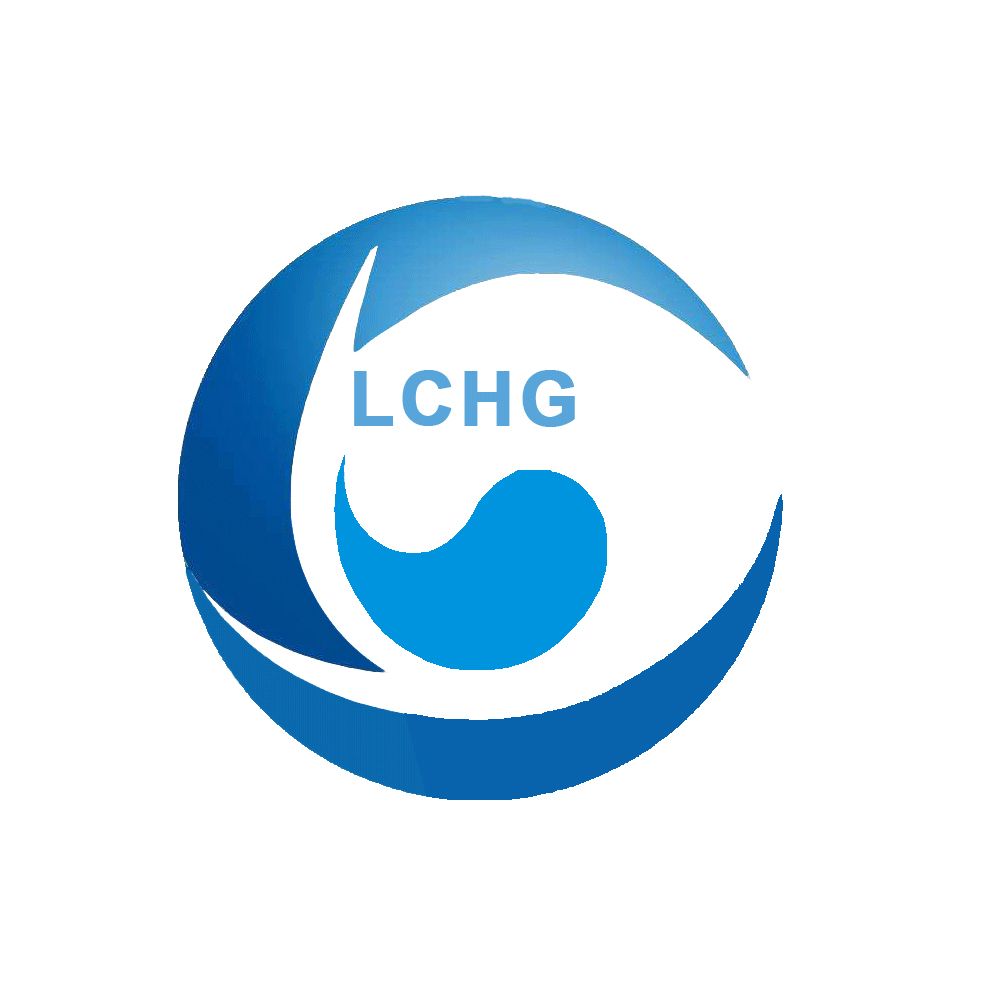Research on Quality Markers of Urticata Root
Urtica roots are plants in the Urticaceae family, Urtica fissa Pritz, and Urticaceae U laetevirens Maxim.、 Narrow leaved nettle U angustifolia Fisch. et Hornem.、 Hemp leaf nettle U Dry roots of cannabis L. and others. It has the effects of dispelling wind, promoting blood circulation, and relieving pain, and is commonly used in rheumatism, rheumatoid arthritis, urticaria, and eczema, but lacks research on quality evaluation indicators. Therefore, the study of quality markers for nettle roots is of great significance.
Previous chemical composition studies have shown that lignin is a characteristic component of nettle roots. Among them, Urticanol-7-O – β – D-glucopyranoside (referred to as Urticanolide, see Figure 1) is the main component of split ring lignans. This article studied the biological activity of Urticaceae glycoside and found that it has significant anti-inflammatory, antioxidant, and anti complement effects, and can be used as a quality marker for Urticaceae; Subsequently, a systematic study was conducted on the spectral characteristics of nettle glycoside, supplemented with UV, IR, CD, NMR and other spectral data; Finally, an HPLC method for the determination of Urticaceae glycosides was established, providing a scientific basis for the quality evaluation of Urticaceae roots.
Rheumatoid arthritis and rheumatoid arthritis are common diseases, and their pathogenesis is unclear. Modern research has shown that they are mostly related to the release of inflammatory mediators, excessive activation of complement, and oxidative stress damage. Urticaceae root is a commonly used ethnic medicine, used in 11 ethnic groups including Han, Tibetan, Yi, Miao, Qiang, Tujia, Buyi, Uyghur, Yao, Lisu, Naxi, etc. It is used to treat rheumatoid arthritis and rheumatoid arthritis with confirmed efficacy and is safe and non-toxic. However, there have been no reports on the research of its quality markers.
The main components of nettle roots are 1,7-cyclolignans. This type of component has limited distribution and is a characteristic component of nettle. Among them, nettle glycoside is the main component of nettle. Based on the traditional efficacy of nettle root in treating rheumatism and rheumatoid arthritis, this article conducted research on its anti-inflammatory, anti complement, antioxidant and other related activities. The results showed that Urticaceae glycoside has significant anti-inflammatory, antioxidant, and anti complement properties, and is the main active and characteristic component of Urticaceae root, which can be used as a quality marker for Urticaceae.
On this basis, this paper conducted a systematic spectroscopic study on it. For the first time, UV, IR, and CD studies were conducted on nettle glycoside, and relevant spectral data were supplemented. The effects of different test solvents on NMR and UV were investigated, and it was found that different solvents had significant effects on NMR and UV.
Finally, the paper studied the HPLC method for the determination of nettle glycoside, and the established method is simple, rapid, and sensitive. There are significant differences in the content of nettle roots among different varieties and origins, which further indicates that nettle glycoside can be used for quality evaluation of nettle roots
